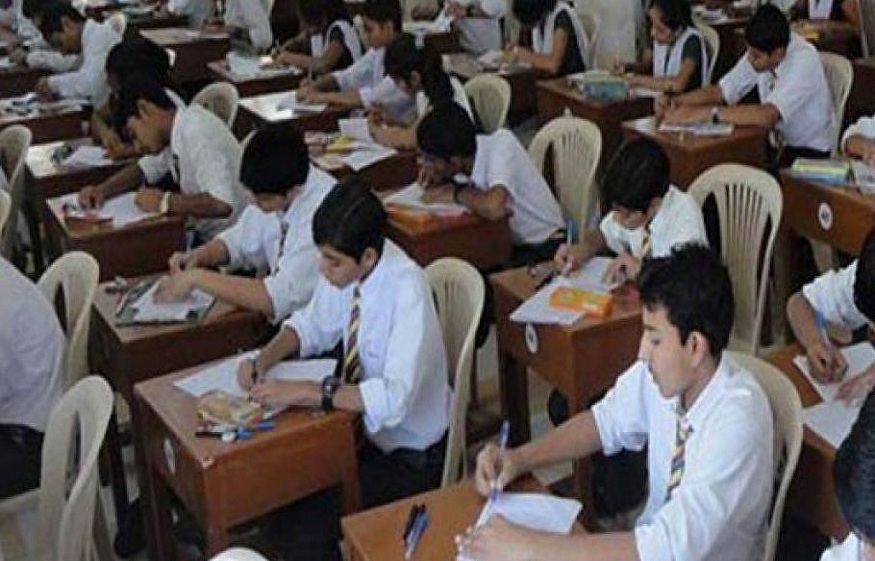Studying in Australia can be a rewarding experience for international students, but understanding the associated costs is crucial for proper financial planning. Tuition fees for high schools in Australia can vary significantly based on several factors, including the type of school, location, and the student’s residency status. This guide provides a comprehensive overview of what to expect regarding tuition fees for high schools in Australia.
1. Types of High Schools in Australia
Public High Schools
Public high schools in Australia are government-funded institutions. Generally, they offer lower tuition fees for international students compared to private schools. However, the quality of education remains high, and many public schools have strong academic programs.
Private High Schools
Private high schools, including independent and Catholic schools, are funded through tuition fees paid by students and their families. These schools often offer smaller class sizes, more individualized attention, and various extracurricular activities.
See also: https://duhocedutime.edu.vn/du-hoc-uc/thong-tin-du-hoc-uc-moi-nhat.html
2. Estimated Tuition Fees
Public High Schools
- Tuition Fees: For international students, public high school tuition fees typically range from AUD 8,000 to AUD 30,000 per year, depending on the state and specific school.
- Annual Fees: States like New South Wales and Victoria may have higher fees, while other states may be more affordable.
Private High Schools
- Tuition Fees: Private high school tuition fees can vary widely, ranging from AUD 15,000 to AUD 40,000 or more per year. Some prestigious private schools charge even higher fees.
- Additional Costs: Beyond tuition, consider additional costs such as enrollment fees, materials, uniform, extracurricular activities, and school trips.
3. Factors Influencing Tuition Fees
- Location: Tuition fees can differ between states and cities. For example, schools in metropolitan areas (like Sydney and Melbourne) tend to be more expensive than those in regional areas.
- School Reputation: Well-established schools with strong academic records, extracurricular programs, and facilities may charge higher fees.
- Year Level: Tuition fees may vary depending on the student’s year level, with higher fees often seen in senior secondary years (Years 11 and 12).
4. Tuition Fee Inclusions
When assessing tuition fees, it’s important to understand what is included in the fees. Typically, tuition covers:
- Classroom instruction
- Access to school facilities (libraries, labs)
- Basic student welfare services
- Participation in regular school activities
However, some costs may not be included in the tuition fees, such as:
- Uniforms: Most schools require students to wear uniforms, which can cost between AUD 200 and AUD 500, depending on the school.
- Textbooks and Supplies: Students may need to buy their own textbooks and stationery, which can add several hundred dollars to annual expenses.
- Extracurricular Activities: Fees for sports, arts programs, and excursions are often charged separately.
5. Financial Assistance and Scholarships
Scholarships
Some Australian schools offer scholarships for international students, which can help reduce tuition costs. These scholarships are usually based on academic performance, leadership abilities, or specific talents (like sports or arts). Check with individual schools for available scholarship opportunities.
Read more: https://duhocedutime.edu.vn/du-hoc-uc/du-hoc-thpt-uc-1-nam-het-bao-nhieu-tien.html
Payment Plans
Many schools provide flexible payment plans, allowing you to pay tuition fees in installments rather than in one lump sum. This can make managing payments easier for families.
6. Conclusion
Understanding the tuition fees for high schools in Australia is essential for international students and their families as they plan for education abroad. While fees can vary widely based on multiple factors, budgeting for additional expenses, such as uniforms and materials, is equally important.
Be sure to research individual schools, consider scholarship opportunities, and plan your finances carefully to make the most of your educational experience in Australia.
If you have any questions or need more specific information regarding tuition fees or available scholarships, feel free to ask!

